about us
Skersvėjas is like a dynamic, contemporary creator, always in search of something unconventional, bold, and fitting for his discerning taste, restless soul, and ever-changing style.

Pačioje Lietuvos sostinės Vilniaus širdyje, spalvingiausiame jos rajone - Užupyje, dar vadinamame Vilniaus Monmartru, kurį juosia Vilnelė, o kiekvieną atvykstantį pasitinka trimituojantis Angelas, atrasite istorinę vietą. Vietą, kurios viename iš namų gyveno ir kūrė dailininkas Ferdinandas Ruščicas ir Bizantijos imperatorių palikuonys Lascariai.
The newly revived historic quarter, centered around the path named after avant-garde filmmaker Jonas Mekas, offers a unique space for art and culture. Here, you will find art galleries, cozy boutiques, a restaurant, exclusive products, cultural events, and the unforgettable artistic aura of the most artistic district of Vilnius.
manifest
- In Skersvėjas, the wind has the right to blow from all directions. Inside Skersvėjis, it is as calm as in the bosom of God.
- Everyone who has reached Skersvėjis is a traveler. Those who return are fellow travelers.
- In Skersvėjis, everyone is allowed to lift their head and look at the sky. When you lift your head to the sky, you're allowed to lose yourself and stay longer. And when you stay longer, there is always a chance to linger and join.
- In Skersvėjis, every fellow traveler can pet a cat, and every cat has the right to turn its back. Regardless, the traveler’s clothes, hair, or thoughts may rise and freely flutter in the wind.
Jonas Mekas
Jonas Mekas – the godfather of Skersvėjis, whose entire life was like an endless crosswind. "I am the son of a farmer from Lithuania," he liked to introduce himself. Various winds and crosswinds carried Jonas Mekas from the village of Semeniškiai in the Biržai district to the windy streets of New York. What was supposed to be a temporary stop became his home, and with borrowed 200 dollars, he bought a Bolex film camera, which became the tool for capturing the world's crosswinds, showing them to others, and inspiring entire generations of creators.
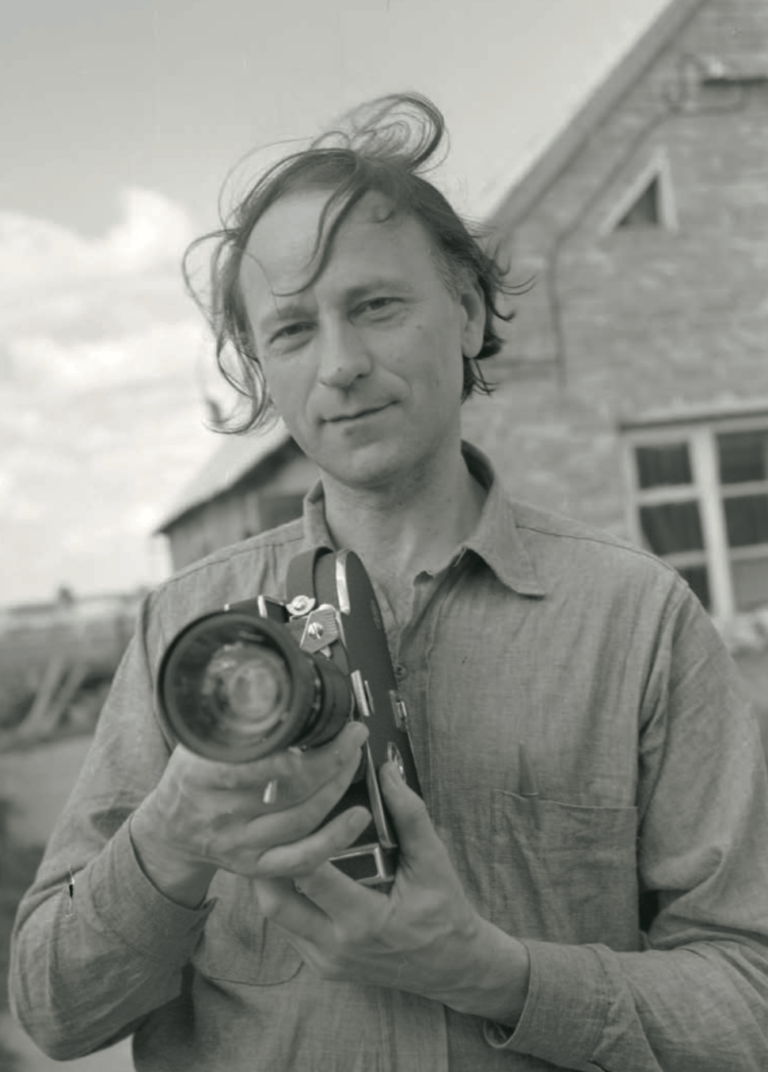
The godfather of American avant-garde cinema, poet, writer, thinker, a simple country boy from Lithuania, open to the whole world.
When Jonas Mekas learned that a passage was to be named after him, he said: "A passage? Why a passage? Let it be called Skersvėjis (Crosswind)."
And so, another legend was born.
history
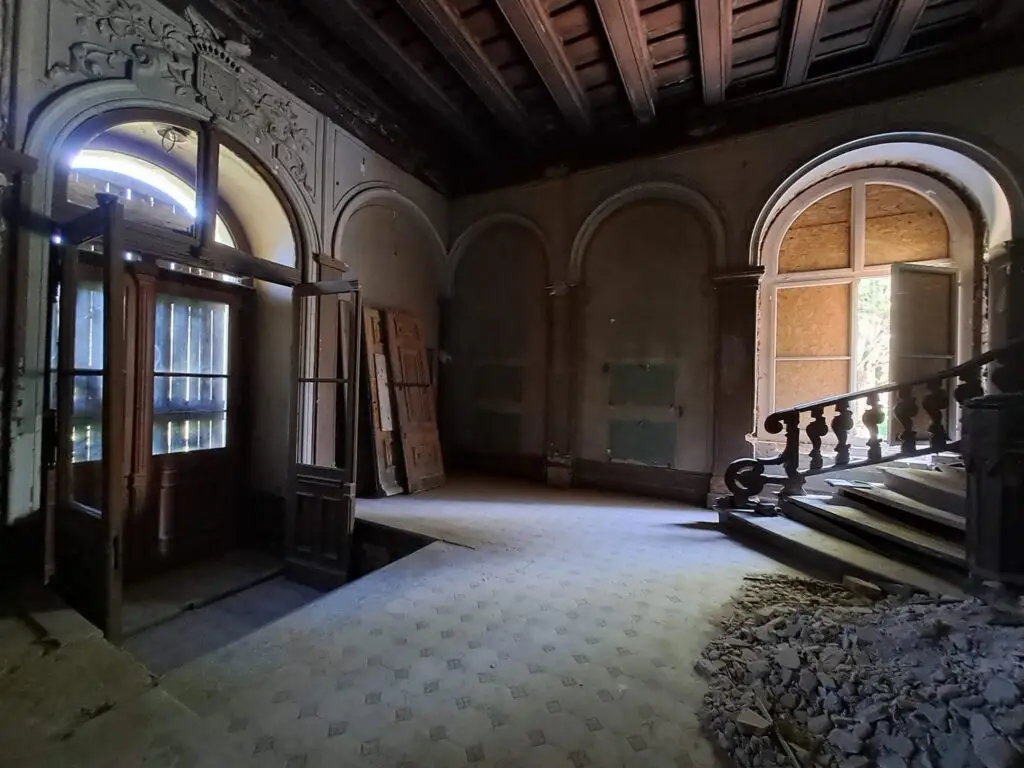
A small manor is mentioned as belonging to the Levakovskis and Balkevičiai families.
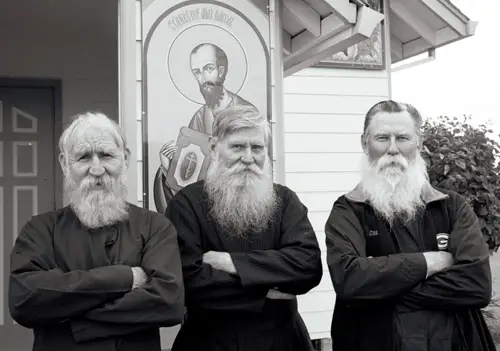
The possession belonged to the Orthodox seminary.
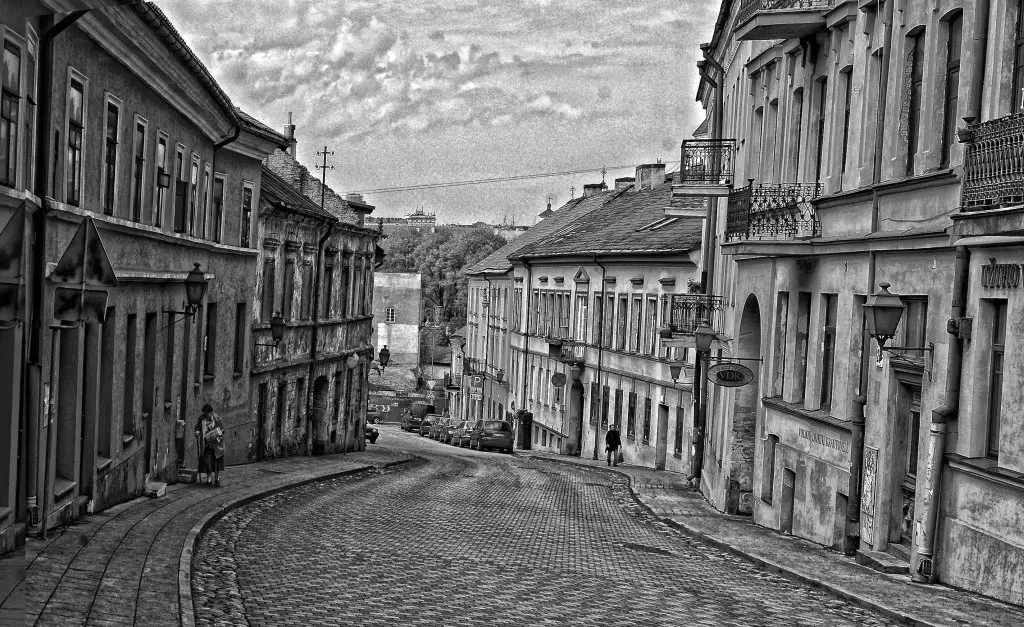
On the plot stood a one-story house, composed of three brick sections and one wooden section.
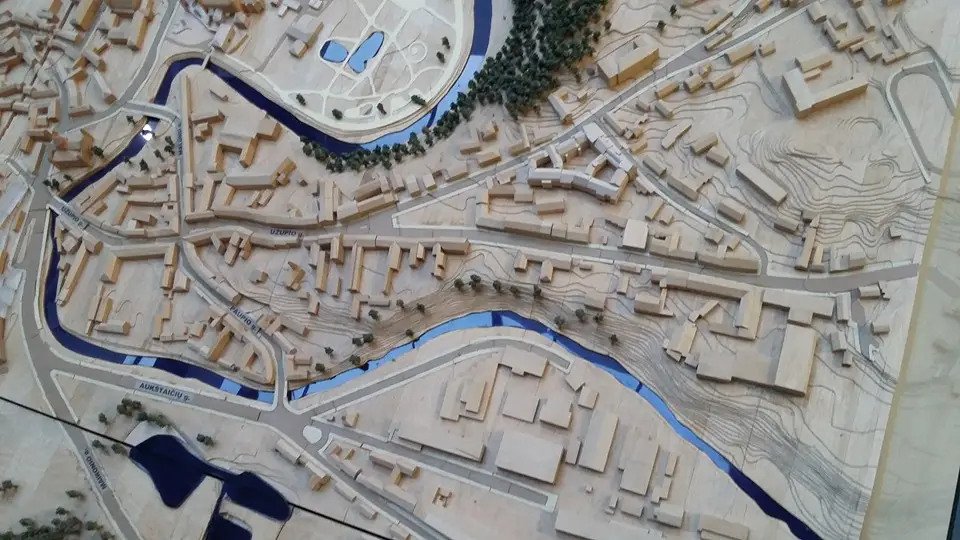
Another one-story brick building was constructed according to architect Polozov's project.
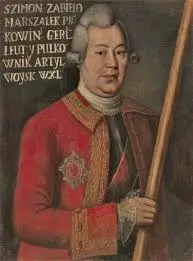
The plot was the property of the Zabielos noble family.
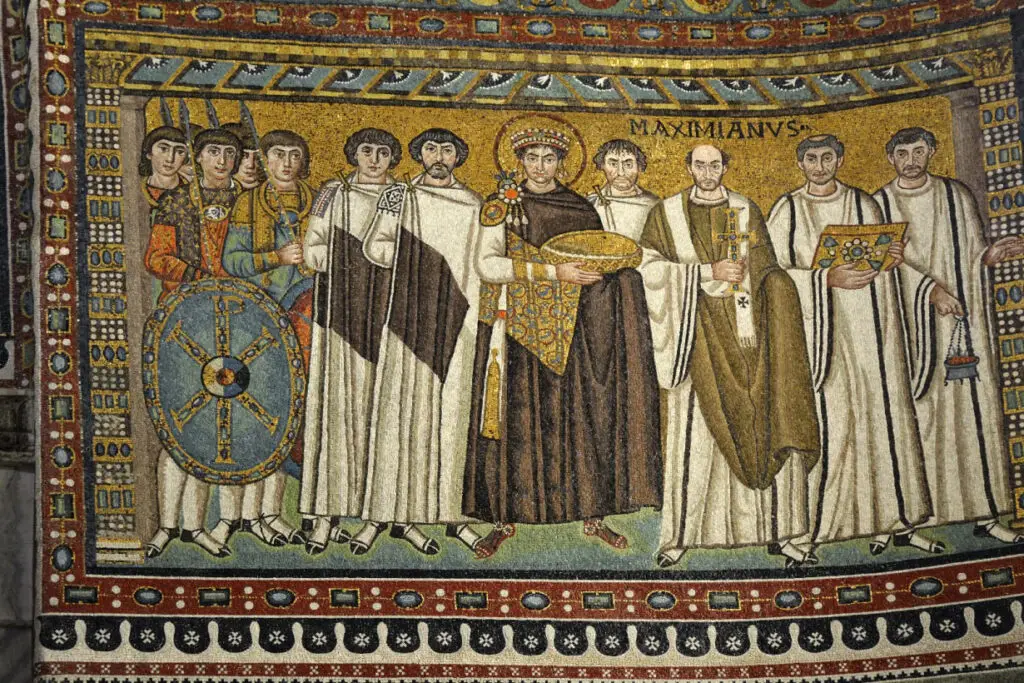
The property passed to the descendants of the Byzantine emperors, the Laskaris family.

A well-known painter, graphic artist, set designer, and the founder of the Department of Art at Vilnius University, Ferdynand Ruszczyc (1870–1936), lived here with his family.

Ferdynand painted one of his most famous works, 'The Golden Room,' in his apartment.
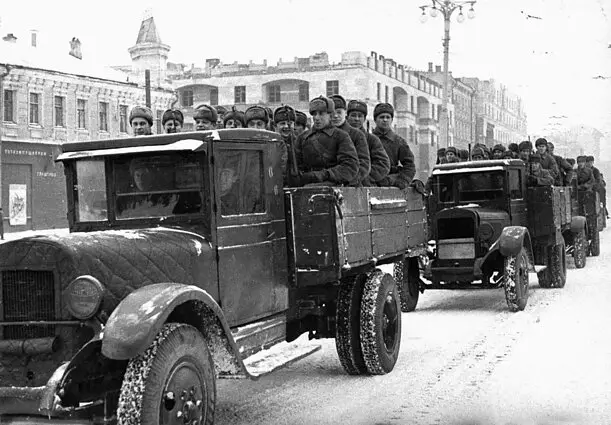
The house is confiscated by the Soviet authorities.
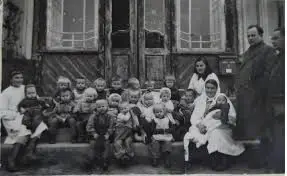
After the war, a kindergarten was established in these buildings, and later a state archive. A pedestrian path was formed across the plot, leading from Užupio Street to the Vilnelė River.
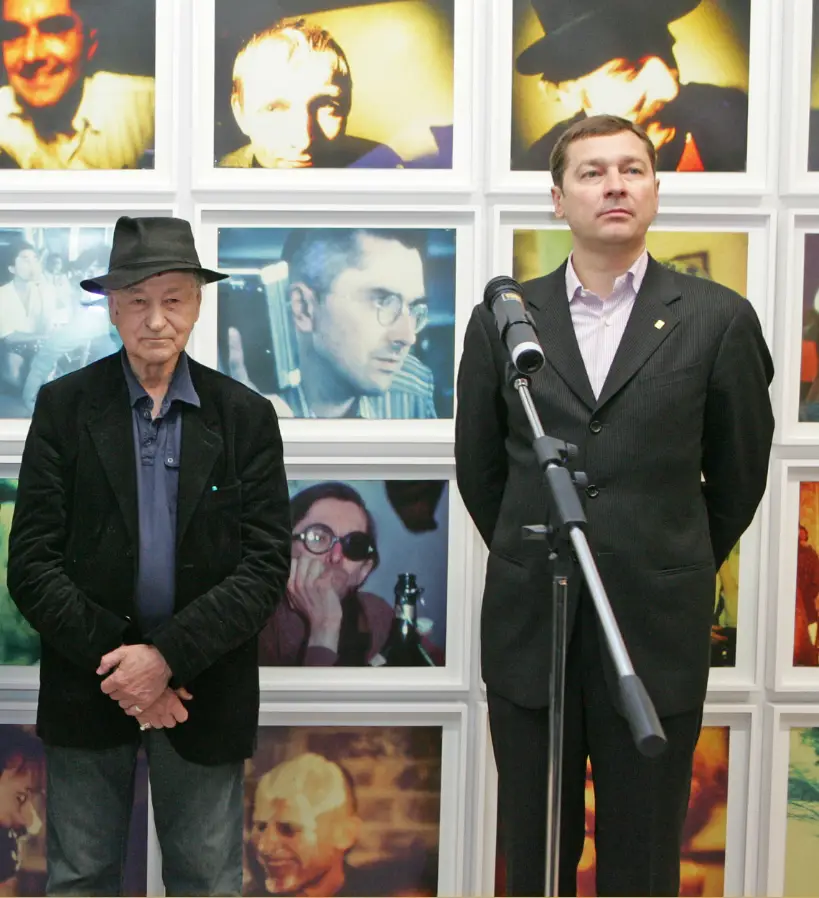
In New York, Jonas Mekas, together with the then Mayor of Vilnius, Artūras Zuokas, who was visiting at the time, developed the idea of naming this Užupis pedestrian path—a shortcut—after Jonas Mekas. Upon hearing the word 'shortcut,' Jonas Mekas said, 'Shortcut? Why shortcut? Let it be Crosswind (Skersvėjis)
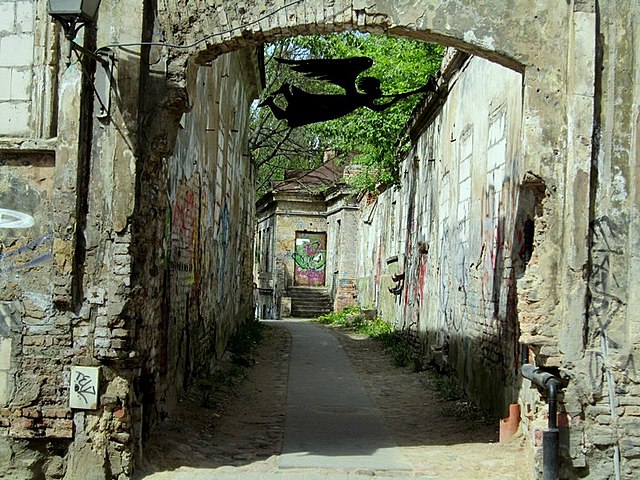
The plot with buildings in a dilapidated condition is purchased.
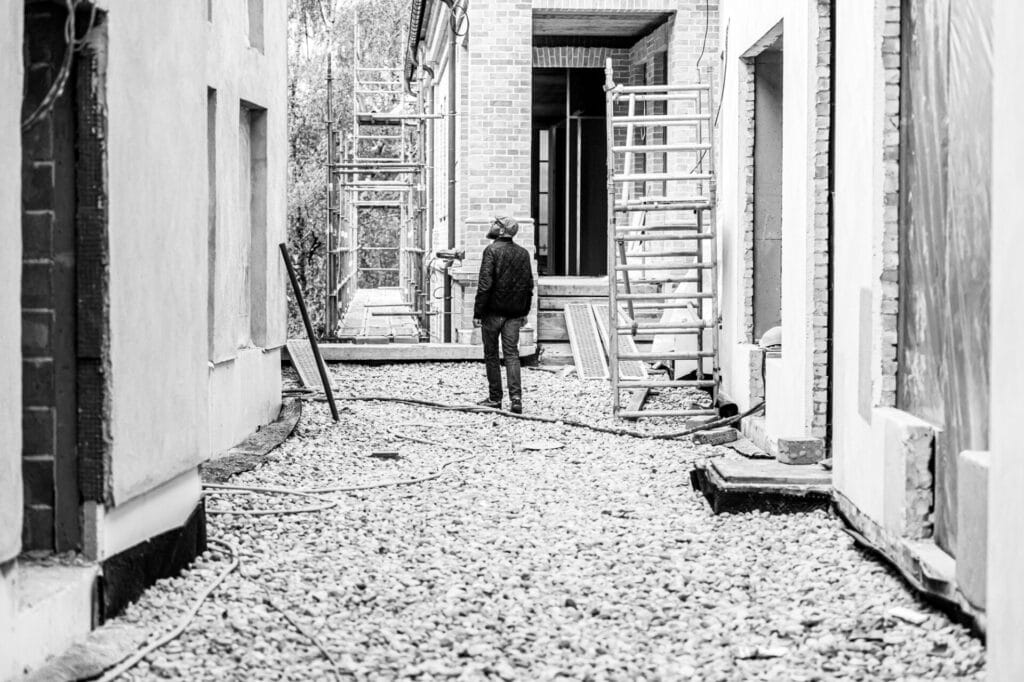
Reconstruction begins
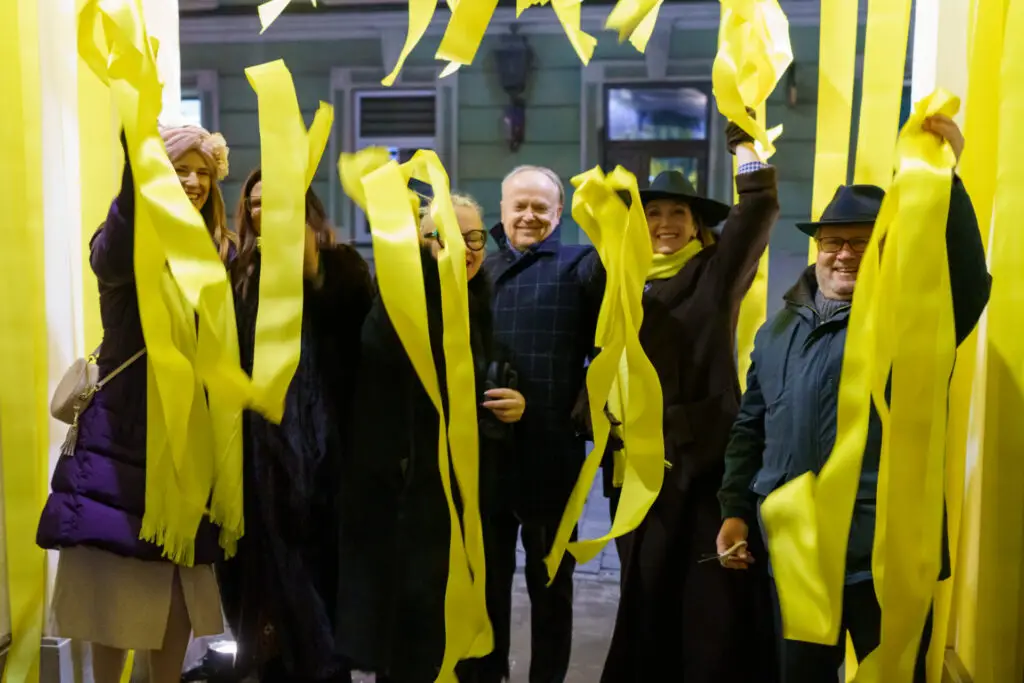
The "Skersvėjis" project is opened

